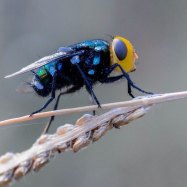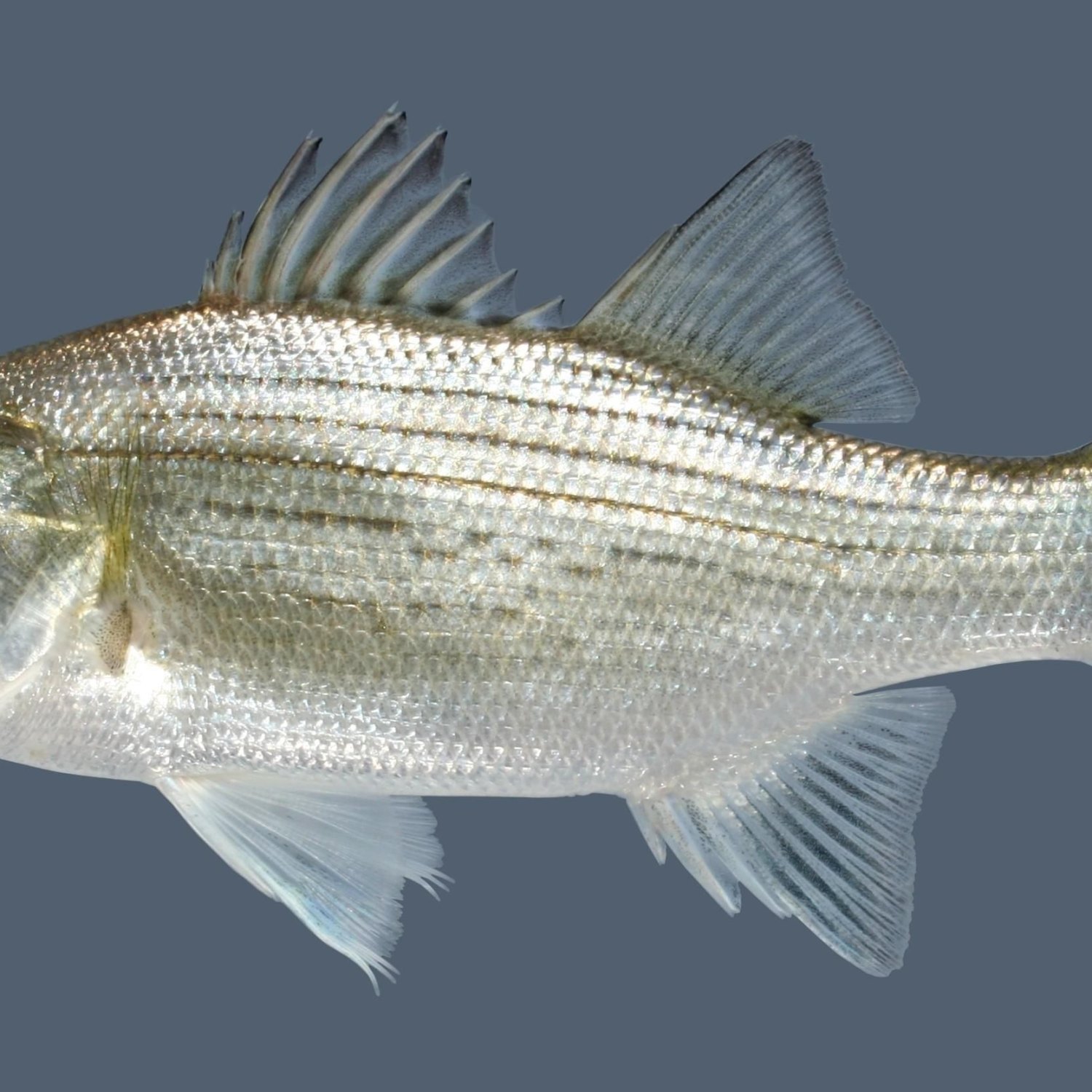
White Bass
12-17 inches
The White Bass, also known as Morone chrysops, can be found in lakes and rivers across North America. With its slender and elongated body, it can reach lengths of 12-17 inches, making it a popular game fish among anglers. Learn more about this fascinating member of the Moronidae family and where to catch them in your local waters. #WhiteBass #MoroneChrysops #Fishing #Angling
Animal Details Summary:
Common Name: White Bass
Kingdom: Animalia
Habitat: Freshwater
The Classic Sportfish: White Bass
As summer approaches and the lakes and rivers start to warm up, many anglers across North America eagerly anticipate the arrival of the white bass. With its sleek silver body and impressive fighting ability, the white bass, also known as Morone chrysops, is a popular sportfish in many freshwater ecosystems. Let's dive deeper into the world of white bass and learn more about this fascinating creature.The Basics
White bass belongs to the Moronidae family, which includes other popular game fish like striped bass and yellow bass White Bass. It can grow up to 12-17 inches in length, with the largest recorded white bass weighing in at a whopping 6 pounds and 13 ounces. This impressive size, combined with its impressive fighting ability and widespread distribution, makes it a highly sought-after species among anglers.White bass are known for their slender and elongated body shape, which allows them to swiftly navigate through the water and catch prey. Its body is covered in small scales, giving the fish its signature silver coloration. Other distinct features include a single dorsal fin, large eyes, and a forked tail.
Habitat and Distribution
White bass can be found in a wide range of freshwater habitats, including lakes, rivers, and reservoirs. They are commonly found in the central and eastern parts of the United States, with their geographical distribution spanning from the Great Lakes region down to the Gulf Coast. Due to their adaptable nature, white bass can thrive in both still and flowing water, making them a versatile species.In the wild, white bass typically inhabit rocky areas near shorelines and structures like docks and fallen trees Warbler. During the breeding season, they migrate to shallow waters near river banks and stream channels. This is when they are most easily spotted by anglers, making it the prime time for white bass fishing.
Feeding Behavior
White bass are classified as carnivorous, meaning they primarily feed on other animals. Their diet consists of small fish like shad, minnows, and crayfish. They are opportunistic feeders, meaning they will prey on whatever is available to them and will often target schools of smaller fish.This feeding behavior is key to their success as a sportfish. It allows them to grow quickly and reach impressive sizes, making them a challenging catch for anglers. It is also why many fishermen consider white bass as one of the most fun sportfish to target.
The Perfect Catch
White bass fishing is popular mainly because of two reasons - they are abundant and they fight hard. When hooked, white bass put on an impressive fight, putting the angler's skills and gear to the test. The fish's ability to make quick, sharp turns while trying to escape makes it a challenging catch.To successfully catch white bass, anglers need to use light tackle, as this allows for better maneuverability and makes the fight more exciting. Top baits for white bass include crankbaits, jigs, and live bait like minnows or crayfish. In the summer months, when white bass can be found in shallow waters, topwater lures can also be effective.
While white bass are known for their fighting ability, they should always be handled with care to ensure their survival. Anglers should use proper catch-and-release techniques to ensure these fish can continue to thrive for generations to come.
Conservation Efforts
Fortunately, white bass populations are not currently at risk, and they are widely available for anglers to target. However, there have been concerns about overfishing in some areas, leading some states to implement regulations to protect the species. For example, in Texas, there are size and possession limits in place to prevent overexploitation of white bass.Additionally, white bass are also affected by environmental factors such as pollution, habitat destruction, and changes in water temperature. Conservation efforts focused on protecting and restoring their habitats are crucial in maintaining healthy populations of this species.
The Verdict
In conclusion, white bass is a fascinating species that offers a fun and challenging fishing experience for anglers. With its beautiful silver coloration, impressive size, and fighting ability, it's no wonder why it's a popular sportfish across North America.But beyond being a sought-after catch, white bass also plays a vital role in the ecosystem. As top predators, they help regulate populations of smaller fish, maintaining a healthy balance in their freshwater habitats.
So next time you're out on the lake or river, keep an eye out for the sleek silver body of the white bass. Who knows, you might just hook onto one of these impressive sportfish and experience the thrill for yourself.

White Bass
Animal Details White Bass - Scientific Name: Morone chrysops
- Category: Animals W
- Scientific Name: Morone chrysops
- Common Name: White Bass
- Kingdom: Animalia
- Phylum: Chordata
- Class: Actinopterygii
- Order: Perciformes
- Family: Moronidae
- Habitat: Freshwater
- Feeding Method: Carnivorous
- Geographical Distribution: North America
- Country of Origin: United States
- Location: Lakes and rivers
- Animal Coloration: Silver
- Body Shape: Slender and elongated
- Length: 12-17 inches
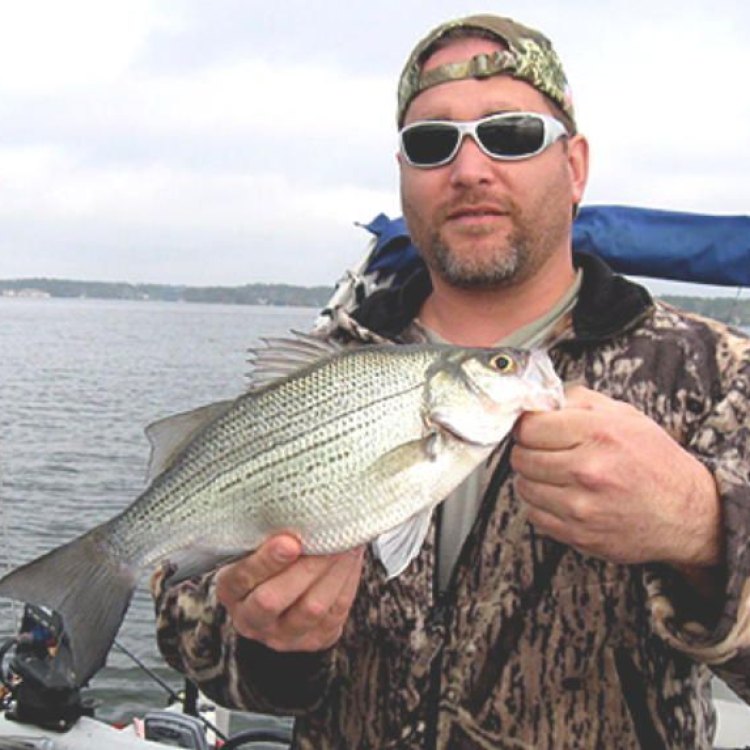
White Bass
- Adult Size: 12-17 inches
- Average Lifespan: 7-9 years
- Reproduction: Sexual
- Reproductive Behavior: Spawning
- Sound or Call: No
- Migration Pattern: Yes
- Social Groups: Schools
- Behavior: Active and fast swimmers
- Threats: Overfishing, habitat degradation
- Conservation Status: Not evaluated
- Impact on Ecosystem: Important prey species
- Human Use: Sport fishing, commercial fishing
- Distinctive Features: Black stripes on sides
- Interesting Facts: White Bass can hybridize with Striped Bass
- Predator: Larger fish, birds of prey
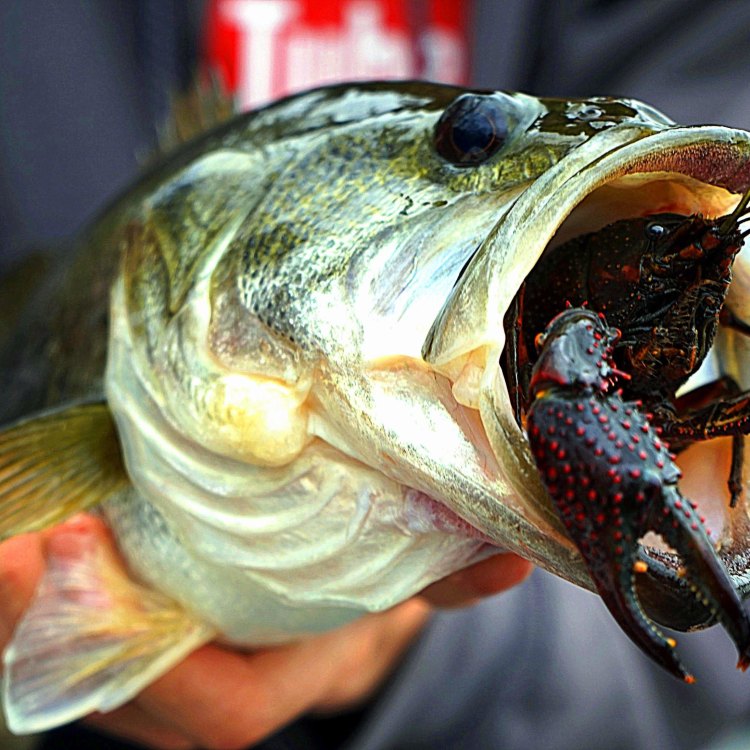
Morone chrysops
The Mighty White Bass: A Small Fish with a Big Impact on Ecosystems and Humans
In the vast world of fish, there are a few that stand out for their unique characteristics and impact on the ecosystem. The white bass, also known as the sand bass, is just one of those species. While it may seem small and insignificant, this fish plays a vital role in both nature and human activities.The white bass, scientifically known as Morone chrysops, is a freshwater fish native to the United States PeaceOfAnimals.Com. It is found primarily in the Mississippi River and its tributaries, as well as in the Great Lakes region. It is part of the Moronidae family, which also includes popular gamefish such as striped bass and hybrids like white bass x striped bass.
Adult white bass can reach a length of 12-17 inches and weigh up to 2-3 pounds. Its average lifespan in the wild is 7-9 years, although some have been recorded to live up to 10-12 years. While their size may not be as impressive as some of its relatives, the white bass makes up for it with its behavior and distinctive features.
Reproductive Behavior and Migration Patterns
As with most fish, the white bass reproduces sexually through spawning. The process typically occurs in the spring when water temperatures reach around 55-60 degrees Fahrenheit. During this time, the males will develop tubercles, small bumps on their heads and bodies, which help in courtship and chasing off competing males.During spawning, the females will release their eggs into the water, and the males will fertilize them with their sperm Welsh Terrier. The fertilized eggs will then drift with the current until they hatch in 2-3 days. The newborn white bass, called fry, will stay near the surface and feed on plankton until they grow larger and can swim and feed on their own.
Interestingly, white bass are known for their unique migration patterns. They exhibit both upstream and downstream migrations, which vary depending on the population and region. Some populations, such as those in the Great Lakes, migrate upstream to spawn in rivers and then return to the lakes during the summer. In contrast, others, like those in the Mississippi River, migrate downstream to spawn and then migrate back upstream to feed in the fall.
Social Behavior and Distinctive Features
White bass are known to form schools, or social groups, with other individuals of the same species. They are active and fast swimmers, often found swimming in open waters or near the surface. Schools of white bass can range from a few individuals to several hundred, making for an impressive sight.One of the most distinctive features of the white bass is its black stripes on the sides, giving it its common name, "striped bass." These stripes are most vibrant in adults and tend to fade as they age. Interestingly, white bass can also hybridize with striped bass, creating a hybrid species known as a wiper or a sunshine bass.
Threats to White Bass and Conservation Status
While white bass are not currently evaluated for conservation status, they do face some threats in their natural habitats. One of the most significant threats is overfishing, as white bass are popular sport fish and also heavily targeted by commercial fishermen. Overfishing can lead to a decrease in the white bass population, disrupting their role in the ecosystem and affecting their prey species.Another threat to white bass is habitat degradation. As with many other fish species, human activities such as damming and pollution can alter their natural habitats, affecting their health and reproduction. This highlights the importance of sustainable fishing practices and protecting natural habitats to ensure the survival of the white bass and other aquatic species.
Impact on Ecosystems and Human Use
Despite its small size, the white bass has a significant impact on both the ecosystem and human activities. As a predator, it plays a crucial role in controlling the populations of smaller fish, crustaceans, and insects, making it an essential part of the food web. Its presence also has a positive effect on water quality, as it helps to keep prey species in check and prevent algae blooms.White bass also holds immense value for humans. Many anglers consider it a prized game fish, known for their aggressive behavior and exciting fight when caught. It is also a popular commercial species, with its mild, white meat being used in various dishes and sold in fish markets. Its recreational and commercial value makes it an essential economic resource for many communities.
Interesting Facts and Predators
As with any species, there are some interesting facts about the white bass that add to its uniqueness. As mentioned earlier, it can hybridize with striped bass, which is uncommon among fish species. But even more surprising is that white bass can also hybridize with its cousin, the yellow bass, creating a hybrid fish called a palmetto bass.The white bass may be a predator itself, but it also has its fair share of predators in the wild. Larger fish such as muskellunge and catfish are known to prey on white bass, as well as birds of prey like ospreys and bald eagles. Its distinctive stripes may serve as a warning to potential predators, as they can blend in with their surroundings and provide camouflage.
In Conclusion
The white bass is a small but mighty fish, with its unique behaviors and distinctive features making it stand out among other freshwater species. From its role in maintaining a healthy ecosystem to its economic and recreational value, it is clear that the white bass is an essential species that warrants our attention and respect.However, as with any species, it is crucial to practice sustainable fishing and protect their natural habitats to ensure the survival of the white bass and other aquatic species. By doing so, we can continue to enjoy the benefits and beauty of this remarkable fish for generations to come.
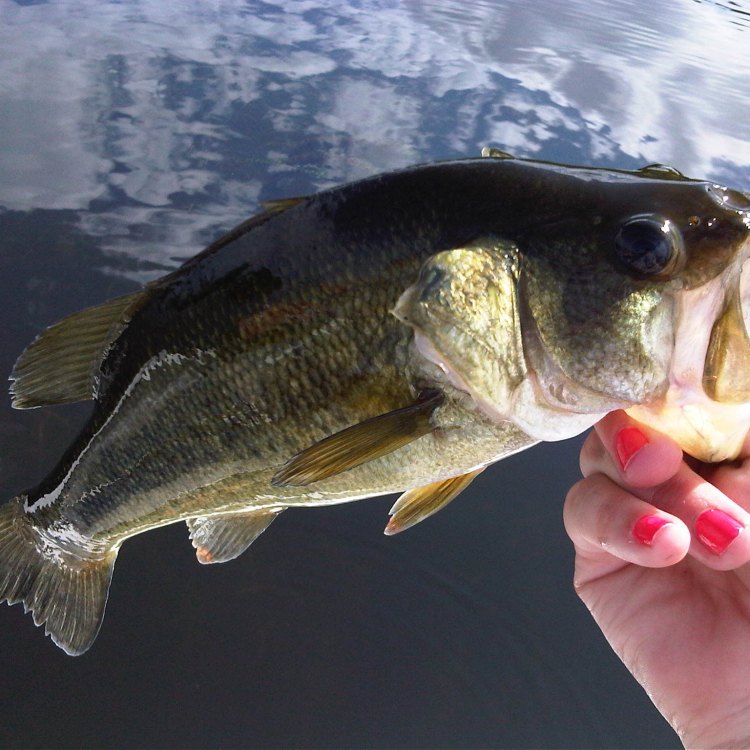
The Classic Sportfish: White Bass
Disclaimer: The content provided is for informational purposes only. We cannot guarantee the accuracy of the information on this page 100%. All information provided here may change without prior notice.












